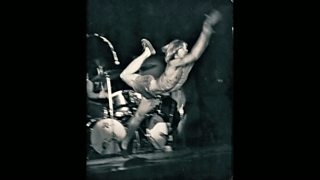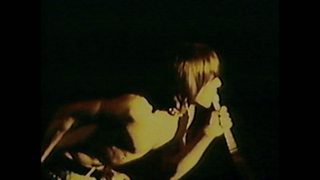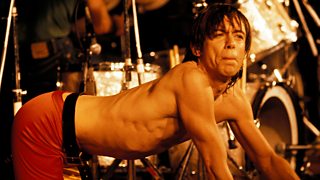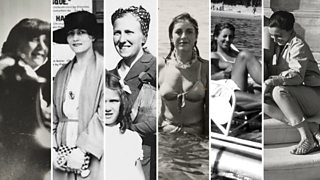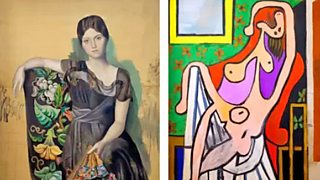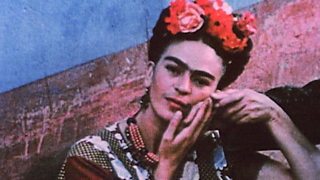Gimme Danger: Jim Jarmusch's love letter to The Stooges
16 November 2016
As a Jim Jarmusch-directed documentary on the 'world's greatest rock and roll band' hits cinema screens, ALASTAIR McKAY looks at the legacy of The Stooges and the group's frontman, James Osterberg, AKA the 'runaway son of a nuclear A-bomb', Iggy Pop.
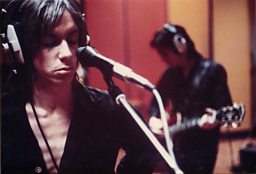
Self-destruction is not the most obvious formula for a long-term career. When Iggy Pop first meandered down that potholed road, taunting Hell’s Angels, crawling over broken glass, and cataloguing his overriding sense of alienation in songs such as Search and Destroy or No Fun, he probably wasn’t thinking long-term.
Later Iggy invents the stage dive, taking aim at “a couple of girls, big ones” who step aside, leaving him with a broken tooth
At the time, it wasn’t much of a short-term career plan either. Pop’s band, The Stooges, was the antithesis of the hippie movement. They came and went with little commercial impact, imploding messily in 1974.
Pop’s reputation recovered thanks in part to his creative partnership with David Bowie, who channeled his impulses into the classic albums The Idiot and Lust For Life, but there has always been a sense that the purest expression of Pop’s talent has been under-appreciated.
Certainly, the Stooges’ records influenced punk and heavy rock, but the nuances were tossed to the roadside. Perhaps that’s not surprising. Subtlety isn’t the first thing to hit you when you hear Pop singing about being the 'runaway son of a nuclear A-bomb'. You hear the explosion. Then the radiation gets you.
In rock mythology there is often a reluctance to separate the art from the artist. It’s notable that the titles for Gimme Danger, Jim Jarmusch’s documentary about the Stooges, acknowledge that Jim Osterberg appears “as Iggy Pop”. Jarmusch has form with Iggy. The singer appeared in his 1995 western, Dead Man, and played a version of himself in Coffee and Cigarettes.
Clip and trailer for Gimme Danger are courtesy of Dogwoof
In 1996, when I interviewed Pop, he suggested that Jarmusch was trying to destroy his persona. “I have that baggage,” he said, “but not personally. I’ll tell you who has it. It’s the people I talk to. To me it’s important: if you want to know me, you gotta remember that I’m the guy that knows it’s all bullshit. I’ve had something to do with stirring it up, but I know it’s a load of bull. Do I sometimes start to live the role, and do I sometimes start to believe the hype? Yes, often. And then there’s a war inside me. Because I definitely want to escape that, and when I escape it and open up to people then I get whacked.”
In the Ashetons, I found primitive manIggy Pop
The perspective of Gimme Danger is more comforting. Pop has control of his myth, and Jarmusch’s film - he calls it “a love letter” - gives him the space to embroider. Some of the messy details are included, but they’re not the focus, and what emerges instead is clearer view of Pop’s intentions, as he now chooses to view them.
The details are telling. Noting dryly that “I didn’t feel I was Bob Dylan”, he says he took to heart the suggestion of a children’s TV show that letters should be written in 25 words or less - a blueprint he adopted for his songs. He sat in on a couple of blues jams in Chicago. Then, “I smoked a big joint by the river and realised I was not black.”
He decided to do for whites what the blues players had done for blacks, a plan which took shape with the recruitment of the Asheton brothers, Ron and Scott. “In the Ashetons, I found primitive man.” Iggy, a drummer, schooled Scott in Stax-Volt and Bo Diddley rhythms, and their early music was experimental, freeform, with Iggy in whiteface, a maternity frock and an aluminium Afro-wig.
The Stooges, 1970 ('That's... peanut butter?!')

The Stooges at the Cincinnati Pop Festival
The performance of '1970' features the famous Iggy peanut butter incident
The musical breakthrough occurs after Iggy improvises a baboon dance. John Cale of the Velvet Underground produces their first album wearing a flamboyant cape. “Cale finally got us to turn our amps to 9. That was a compromise.”
John Cale finally got us to turn our amps to 9. That was a compromise.Iggy Pop
Later, things get complicated. By the time of Funhouse, the Stooges have inhaled Miles Davis and Maceo Parker. Iggy invents the stage dive, taking aim at “a couple of girls, big ones” who step aside, leaving him with a broken tooth.
He meets Bowie, goes to London, takes the Ashetons and James Williamson, and makes Raw Power. Bowie’s manager Tony Defries suggests Iggy goes to Broadway to play Peter Pan.
And so it goes. There isn’t a lot of musical context, though Iggy’s former manager Danny Fields does recall that his other group, The Ramones, got together because they were the only four people in their school who liked The Stooges. He might have noted that both groups were high-concept affairs inhabited by primitives, but this isn’t that kind of film, and Iggy - Jim - isn’t that kind of guy.
Pop once tried to explain his shifting perspectives to me, with reference to a car.
“It’s like you can take a really nice MG convertible and you can go out and smash it into a lorry, and you can pee on it, but it’s still going to be a nice MG convertible. The bones are the bones, and that’s that.
"Sure, it would be nicer if it was fully restored. Or would it? Sometimes you see these guys and they’re restoring cars with their little caps on, and you think, ‘you dick!’ But I think the essence of how somebody does something: that’s the way they do it.”
And there it is. Iggy Pop’s reputation is finally pristine, but he reserves the right to keep on crashing the car.
Gimme Danger: The Story of the Stooges is in cinemas from 18 November 2016.
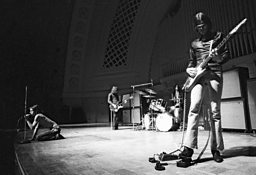
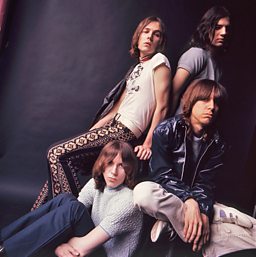


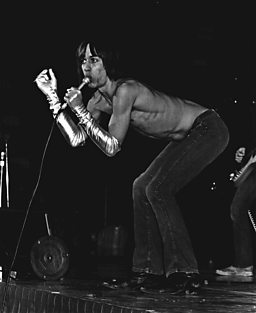
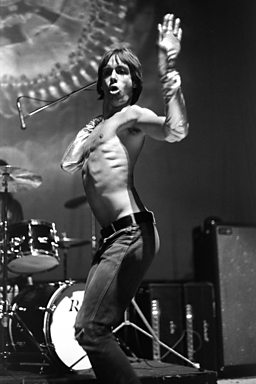
Pop Idol
-
![]()
The ultimate performer?
Classic Iggy Pop performances from the archive
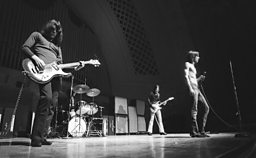
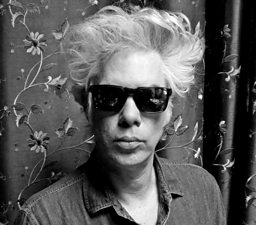
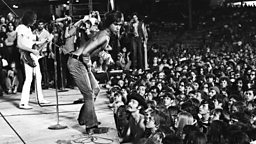
More from BBC Arts
-
![]()
Picasso’s ex-factor
Who are the six women who shaped his life and work?
-
![]()
Quiz: Picasso or pixel?
Can you separate the AI fakes from genuine paintings by Pablo Picasso?
-
![]()
Frida: Fiery, fierce and passionate
The extraordinary life of Mexican artist Frida Kahlo, in her own words
-
![]()
Proms 2023: The best bits
From Yuja Wang to Northern Soul, handpicked stand-out moments from this year's Proms
